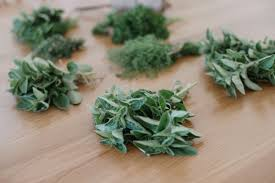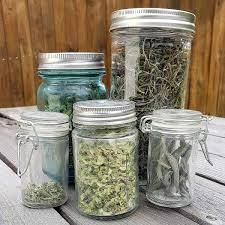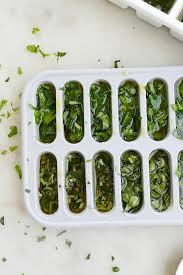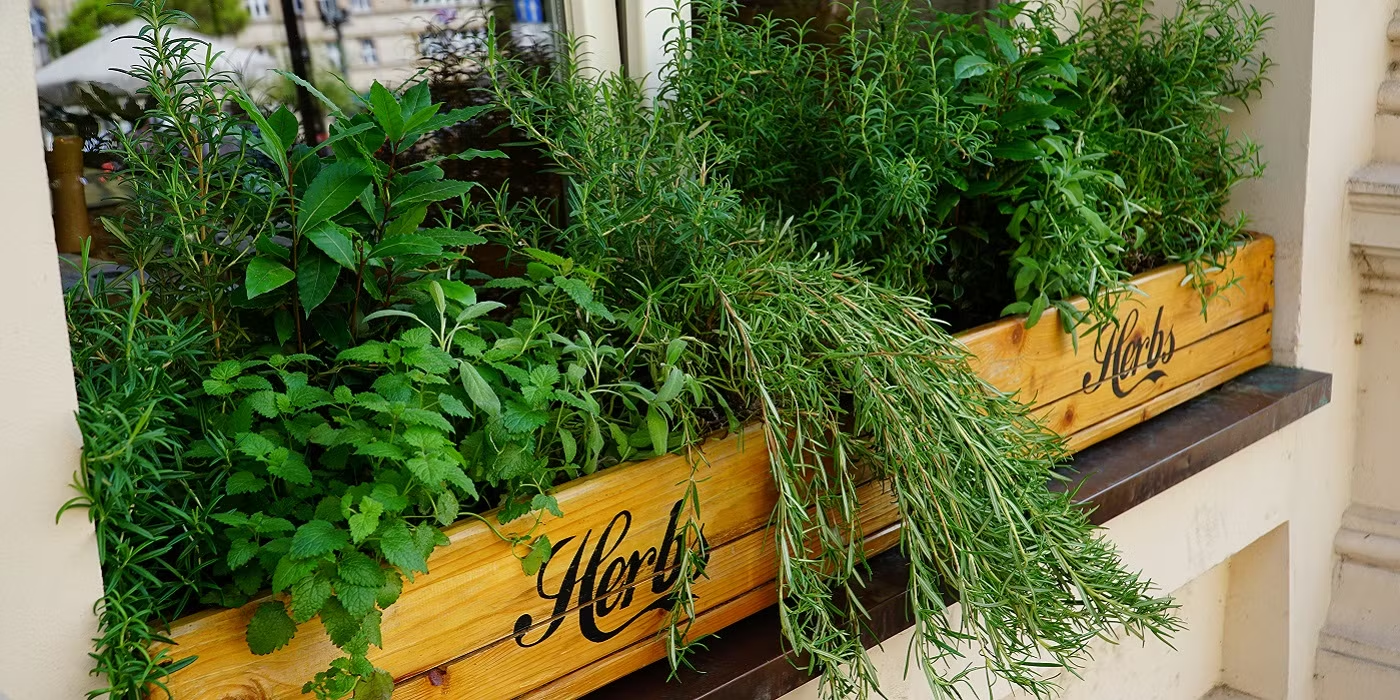Written by Benedict Vanheems, 10 October 2015
Fresh herbs can elevate any dish, adding a burst of flavor to everyday meals. While herbs like rosemary can be harvested throughout the winter in some regions, many others need to be preserved before the colder months arrive. This guide offers simple and effective ways to preserve your homegrown herbs, so you can enjoy their vibrant flavors year-round.
1. Air Drying
One of the easiest ways to preserve herbs is by air drying. Gather the stems of your herbs into small, loose bundles and secure them with twine or an elastic band. Hang these bundles upside down in a warm, dry, well-ventilated area, away from direct sunlight. For smaller-leaved herbs like thyme, you can spread them out on a newspaper or drying rack. Air drying typically takes two to three days, depending on humidity and the size of the herbs.

2. Microwave Drying
For a faster option, especially useful in humid climates, you can dry herbs in the microwave. Lay individual leaves on a paper towel, cover them with another towel, and microwave in short bursts (20 seconds at a time) for one to three minutes, checking regularly. Once the herbs are crunchy to the touch, they are ready for storage.
3. Storing Dried Herbs
To preserve the flavor of your dried herbs, keep the leaves whole. Store them in airtight jars, labeling them with the herb’s name and the date of drying. Keep the jars in a cool, dry place where they can last up to a year.

4. Freezing Herbs
Fleshy herbs like basil, parsley, dill, and cilantro freeze well. To do this, blanch the herbs by placing them in boiling water for a few seconds, then immediately submerge them in ice water to stop the cooking process. Pat the herbs dry, then store them in freezer bags. This method helps maintain their vibrant color and flavor.
5. Herb Ice Cubes
For easy, pre-portioned servings, freeze chopped herbs in ice cube trays. Fill each section halfway with herbs, then add water to cover. Once frozen, transfer the cubes to a freezer bag. This method is also perfect for preserving edible flowers like borage, which can be used in drinks.

6. Frozen Herb Blends
You can blend herbs with oil and freeze the mixture in ice cube trays. This technique is perfect for making pesto—simply blend the ingredients, pour the mixture into trays, and freeze. Once frozen, pop the cubes into a freezer bag, and they’re ready to add to dishes whenever needed.
7. Herb Butter
Another way to preserve herbs is by making herb butter. Soften butter at room temperature and mash in finely chopped herbs of your choice (tarragon is a favorite). Once mixed, wrap the butter in greaseproof paper and twist the ends closed. Herb butter can be stored in the fridge for up to two weeks or frozen for up to six months.
8. Vinegar and Oil Infusions
Herbs can also be preserved in oils or vinegars, but be cautious: oils can be a breeding ground for botulism if not stored properly. Always refrigerate herb-infused oils and use them within two weeks. Alternatively, lower the pH of vinegar by adding finely chopped herbs to vinegar, creating a tangy, herb-infused base for salad dressings that will last longer.
Conclusion
These simple preservation methods allow you to enjoy your garden’s bounty throughout the year. Whether air drying, freezing, or creating herb butters, there are plenty of ways to lock in that summer flavor. If you have your own favorite method, feel free to share it in the comments!
